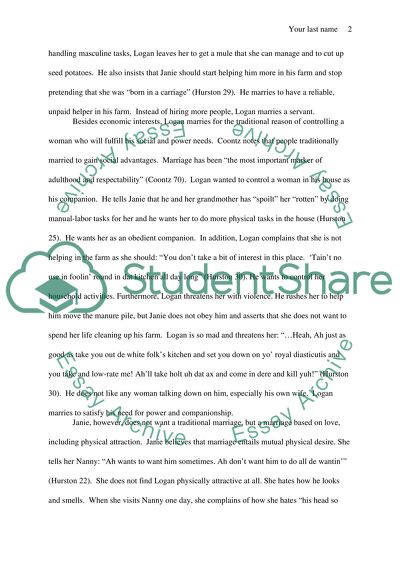Cite this document
(“Love and Marriage Essay Example | Topics and Well Written Essays - 1500 words”, n.d.)
Retrieved from https://studentshare.org/miscellaneous/1666036-love-and-marriage
Retrieved from https://studentshare.org/miscellaneous/1666036-love-and-marriage
(Love and Marriage Essay Example | Topics and Well Written Essays - 1500 Words)
https://studentshare.org/miscellaneous/1666036-love-and-marriage.
https://studentshare.org/miscellaneous/1666036-love-and-marriage.
“Love and Marriage Essay Example | Topics and Well Written Essays - 1500 Words”, n.d. https://studentshare.org/miscellaneous/1666036-love-and-marriage.


